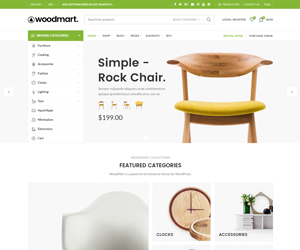how to print 3d lenticular

how to print 3d lenticular: A Comprehensive Guide
what is 3d lenticular printing?
3D lenticular printing is an innovative technique that allows for the creation of 3D objects using a unique combination of computer graphics and traditional printing methods. This technology has revolutionized the way we produce three-dimensional objects, offering unparalleled levels of detail and customization. By harnessing the power of lenticular printing, individuals can bring their imagination to life, creating intricate, multi-layered structures that defy the limitations of traditional printing methods.
The Benefits of 3D Lenticular Printing
Unparalleled Level of Customization: 3D lenticular printing enables the creation of intricate, highly detailed objects that can be tailored to an individual’s specific needs. This level of customization is unmatched by any other printing method, providing boundless possibilities for intricacy and complexity.
Increased Accessibility: With 3D lenticular printing, individuals can now create complex structures at a fraction of the cost and time required by traditional methods. This increased accessibility has opened doors to a world of possibilities, making high-quality 3D printing a viable option for artists, designers, and hobbyists alike.
- Innovative Solutions: 3D lenticular printing has enabled the creation of complex, multi-layered structures that can be used in a variety of industries, including architecture, engineering, and art. This technology has sparked a new era of innovation, paving the way for groundbreaking solutions and breakthroughs.
The Technology Behind 3D Lenticular Printing
At its core, 3D lenticular printing relies on the use of lenticular lenses to create the illusion of depth and distance. This innovative technology overlays images onto each other, creating a 3D effect that appears to float off the page. The process begins with the creation of a digital model, which is then sliced into thin layers and printed using a specialized printer.
The Process of 3D Lenticular Printing
The 3D lenticular printing process involves several key steps, each designed to ensure the highest level of precision and control. From the initial design phase to the final printing process, every aspect is meticulously planned and executed to produce a product of unparalleled quality.
Design Phase: The first step in the 3D lenticular printing process is the design phase, where a digital model is created using specialized software. This model is then sliced into thin layers, which will be used to guide the printing process.
Printing Phase: The next step is the printing phase, where the sliced layers are printed onto the 3D printer’s build platform. This process is repeated for each layer, slowly building up the object through a series of precise, intricate steps.
- Post-Processing Phase: Once the printing process is complete, the object is removed from the printer and undergoes a post-processing phase, where excess material is trimmed away and the object is polished to remove any impurities.
Frequently Asked Questions
What is the cost of 3D lenticular printing?
The cost of 3D lenticular printing can vary greatly, depending on the complexity of the project, the size of the object, and the specifications required. Generally, 3D lenticular printing can be more expensive than traditional printing methods, but the level of customization and detail provided makes it a worthwhile investment for many industries and projects.
How long does the 3D lenticular printing process take?
The 3D lenticular printing process can take anywhere from a few hours to several days, depending on the complexity of the project, the size of the object, and the specifications required. For simple projects, the process can be as short as a few hours, while more complex objects can take several days or even weeks to complete.
Is 3D lenticular printing environmentally friendly?
Yes, 3D lenticular printing can be a more environmentally friendly option compared to traditional printing methods. 3D printing reduces waste and energy consumption, as it creates objects on a layer-by-layer basis, minimizing material waste and energy consumption.
Conclusion
In conclusion, 3D lenticular printing has revolutionized the world of printing, offering unparalleled levels of customization, accessibility, and innovation. With its unique technology and advanced printing methods, 3D lenticular printing has opened doors to new possibilities, providing a platform for artists, designers, and hobbyists to bring their imagination to life. Whether you’re looking to create intricate, detailed objects or simply explore new possibilities, 3D lenticular printing is an exciting and rapidly evolving field that’s sure to inspire and captivate.
















